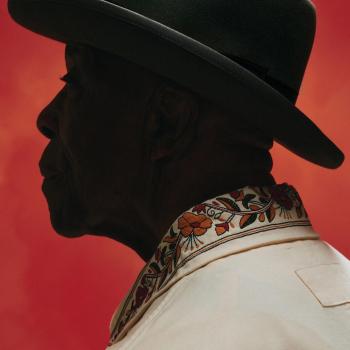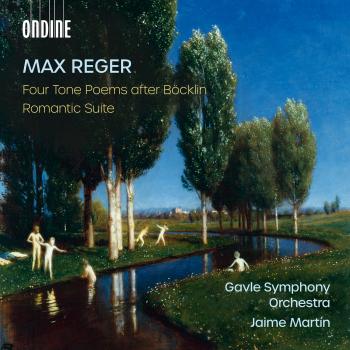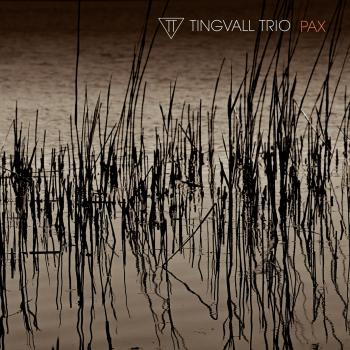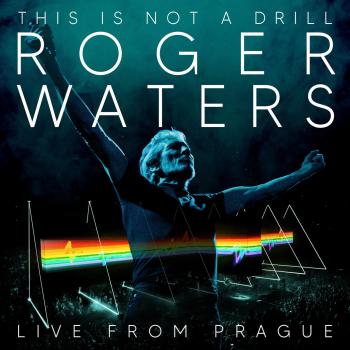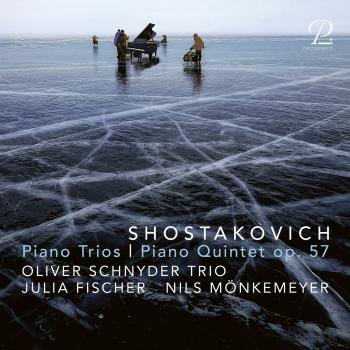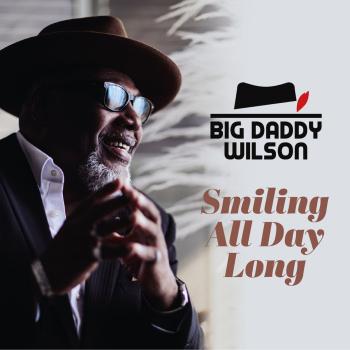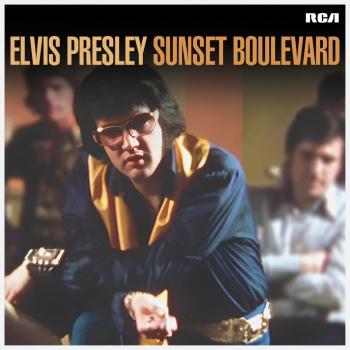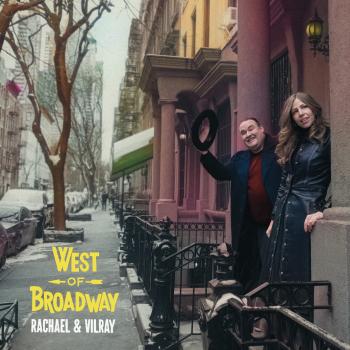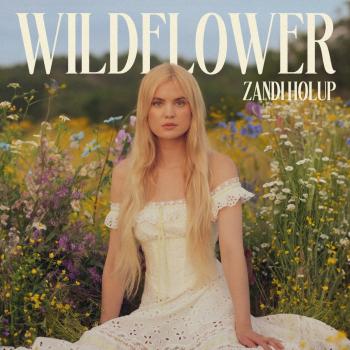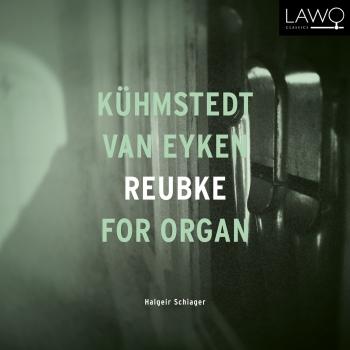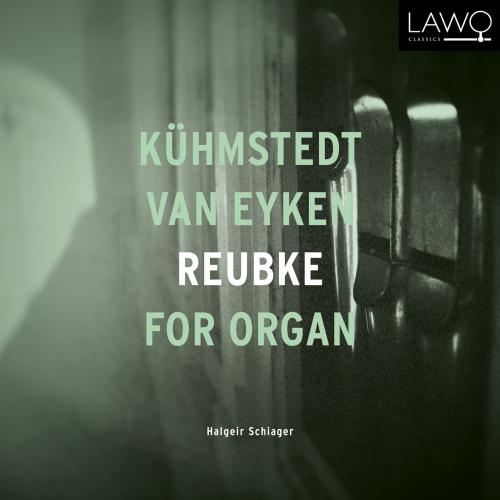
Kühmstedt, van Eyken, Reubke for Organ Halgeir Schiager
Album info
Album-Release:
2020
HRA-Release:
30.10.2020
Label: Lawo Classics
Genre: Classical
Subgenre: Chamber Music
Artist: Halgeir Schiager
Composer: Julius Reubke (1834-1858)
Album including Album cover
I`m sorry!
Dear HIGHRESAUDIO Visitor,
due to territorial constraints and also different releases dates in each country you currently can`t purchase this album. We are updating our release dates twice a week. So, please feel free to check from time-to-time, if the album is available for your country.
We suggest, that you bookmark the album and use our Short List function.
Thank you for your understanding and patience.
Yours sincerely, HIGHRESAUDIO
- Friedrich Kühmstedt (1809 - 1858):
- 1 Fantasie (ein Concertstück), Op. 47 13:14
- Grosse Sonate in G-Dur, Op. 49:
- 2 Grosse Sonate in G-Dur, Op. 49: I. Introduction. Maestoso 01:55
- 3 Grosse Sonate in G-Dur, Op. 49: II. Allegro maestoso 04:17
- 4 Grosse Sonate in G-Dur, Op. 49: III. Andante quasi Adagio 08:40
- 5 Grosse Sonate in G-Dur, Op. 49: IV. Allegro maestoso 08:08
- Jan Albert van Eyken (1823 - 1868): Sonate No. 2 für die Orgel, Op. 15:
- 6 Sonate No. 2 für die Orgel, Op. 15: I. Allegro con brio e con fuoco 06:36
- 7 Sonate No. 2 für die Orgel, Op. 15: II. Adagio 04:23
- 8 Sonate No. 2 für die Orgel, Op. 15: III. Allegro con brio 04:30
- Julius Reubke (1834 - 1858): Orgelsonate in C-Moll "Der 94. Psalm":
- 9 Orgelsonate in C-Moll "Der 94. Psalm": I. Grave – Larghetto – Allegro con fuoco – Grave 12:54
- 10 Orgelsonate in C-Moll "Der 94. Psalm": II. Adagio 07:33
- 11 Orgelsonate in C-Moll "Der 94. Psalm": III. Allegro 06:37
Info for Kühmstedt, van Eyken, Reubke for Organ
Music in the 1800s, as in earlier times, was influenced by the instruments for which it was written. As far as the organ is concerned, traditionally there was the influence of the piano, but also, to an ever increasing extent, the orchestra. Beginning in the mid-1700s, the Mannheim School's introduction of variable dynamics led to a paradigm shift, and the attitudes this represented were also evident in organ music. In his book of study for the organ from 179598, Justin Heinrich Knecht (17521817) described how one could achieve a crescendo on the organ from pianissimo to fortissimo, and he indicated the specific sequence of stops to be used. The norm, as documented in published organ music in the first decades of the nineteenth century, implied that the registration was not changed while playing, thus limiting one to terraced dynamics by the dynamics that the number of manuals permitted. This CD's intention is to present examples of developments characterising German organ music in the mid- 1800s. At the same time, the album features seldom performed organ compositions of Jan Albert van Eyken and Friedrich Kuhmstedt, interesting works of high quality that tell us something about German organ music of the day. All the works on this CD were written in the period 1854 1857. The instrument chosen is the new Eule organ in Sofienberg Church, which was inspired by German organ building in the nineteenth century and by Friedrich Ladegast in particular.
Halgeir Schiager, organ
Halgeir Schiager
was born at Biri near Gjøvik, and in 1979 he graduated as an organist from the Norwegian Academy of Music where he studied organ with Magne Elvestrand. He continued his education in Munich and Strasbourg with Professor Franz Lehrndorfer and Professor Daniel Roth respectively. He made his debut in the Oslo Concert Hall in 1985. Schiager has given concerts in many European countries and made radio recordings in Germany and Norway. He has also taken part in a number of highly acclaimed CD recordings. For Hyperion he has recorded the complete organ works of Petr Eben. Schiager has been member of the jury in international organ competitions. In 2001 he received the Norwegian Critics Annual Prize. He made his doctoral degree on aspects of interpretation in the organ music by Gustav Merkel at the Norwegian Academy of Music. At present Schiager is working as an organist at the Sofienberg church in Oslo.
This album contains no booklet.

